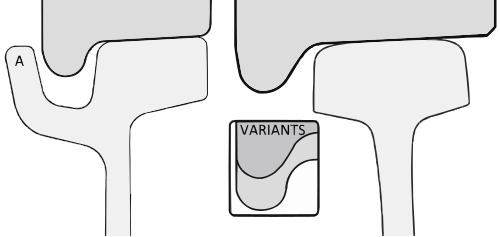BostonUrbEx wrote:Well, it wouldn't be immediately at South Station. But it could be anywhere on the Cabot property, which puts it potentially as close as 1200 ft. from the tip of the South Station platforms. And if it's on the shop tracks instead of over by the work equipment line on Foundry St. you'd be able to see if from every passing Old Colony and Fairmount train.F-line to Dudley via Park wrote:it isn't used for commuter rail maintenance at allWhich raises the question as to why it is at South Station at all.
...
There's no interconnections between rapid transit lines, or any currently active interconnections between the rapid transit lines and adjacent commuter rail lines.
This isn't commuter rail's to play with; Keolis isn't qualified on it, in addition to the rapid transit wheel profile making using it a slow and ginger proposition on standard RR tracks to avoid derailment. It's just used for jobs where more power is needed to haul a load (ballast, something on a flatbed or dump car, etc.) than a regular work motor coupled to a trailer can reliably haul. It lives on Red when it's not out on assignment elsewhere in part because the Mattapan PCC's are too weak to haul any work equipment, so it comes down from Cabot and uses the Codman Yard track connection when there's some sort of heavy trackbed maint going on with the High Speed Line that plain hi-rail trucks can't handle.
But it's not all that inherently powerful...just more powerful than the standard rapid transit work motors (and because the 01400's are now kaput in the Cabot dead line and immovable except in dead tow, the work motors on any given night are pretty much just a rotating cast from the revenue fleet coupled to a trailer). Commuter rail has 4 active work locos., the "weakest" of which is the 1750 HP GP9 #904. This 700 HP midget is too much of a weakling to be of much use for a commuter rail work job.
